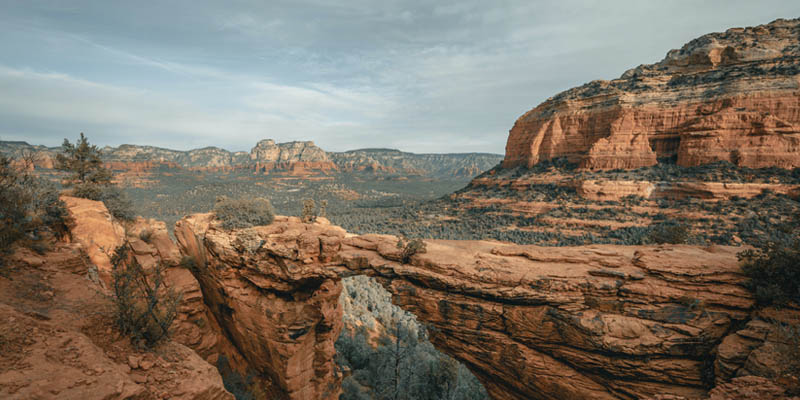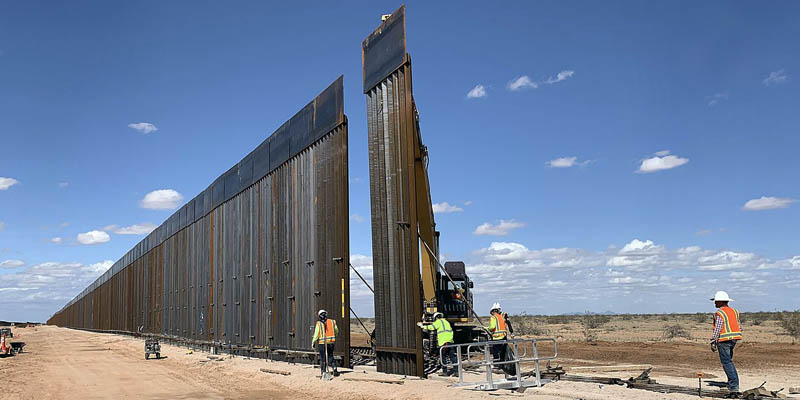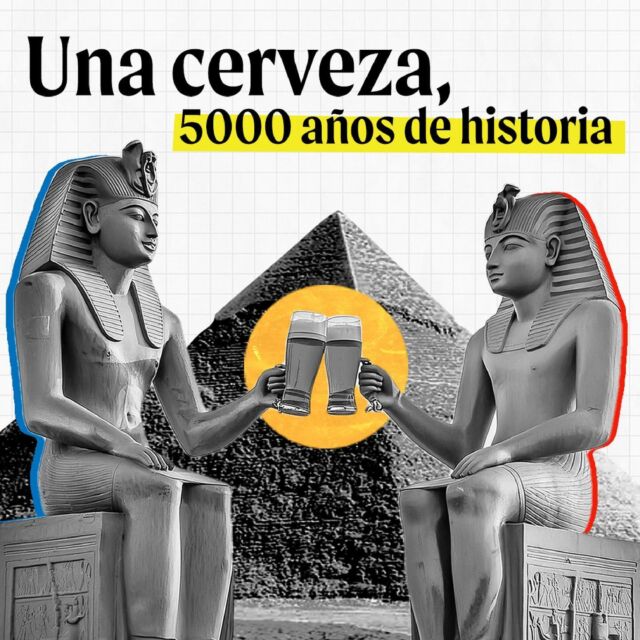We explore North America, and describe its physical and cultural characteristics. In addition, we discuss the economy, religion and history of this region.

What is North America?
North America is a region of the Americas stretching through the Northern and Western Hemispheres. It has an area of 9.54 square miles (24.7 million km²), and comprises Canada, the United States, Mexico, and Greenland, the world's largest island.
North America is bordered by the Arctic Ocean to the north, the Gulf of Mexico and Central America to the south, the Pacific Ocean to the west, and the Atlantic Ocean to the east. It has a population of about 500 million, which accounts for 6.2% of the world's total.
The division between North America, Central America, and South America was established based on the structural differences of the continent. The Americas are divided into two large continental landmasses triangular in shape which are joined by a narrow and elongated strip of land. The northern part receives the name of North America, the southern part is South America, and the isthmus that joins them is called Central America.
How did it get its name? The name "America" derives from Amerigo Vespucci, a Florentine navigator who was arguably the first to suggest that the whole landmass was an entirely new continent rather than an undiscovered part of Asia, as previously thought by Spanish, Portuguese, and English explorers.
Vespucci wrote several reports on his voyages, which were widely disseminated and read by explorers and cartographers of the time. In 1507, German cartographer Martin Waldseemüller included a new continent on his world map and named it "America" after Amerigo Vespucci.
CHARACTERISTICS OF NORTH AMERICA
- It is the northern portion of the Americas, the second-largest continent on the planet after Asia.
- It features long mountain ranges, both in the east with the Appalachian Mountains and the Sierra Madre Oriental, and in the west with the Alaska and Mackenzie Mountains, the Rocky Mountains, the Coastal Range, and the Sierra Nevada.
- The prevailing climate in North America is cold and humid, while in regions near the equator the tropical climate predominates, except in highland regions where the climate is cold and dry.
- It contains large geological deposits of iron, oil, and coal.
- The most spoken language is English, followed by Spanish and French.
- Ver además: Asia
Area, population and countries of North America
North America covers an area of 9,537,000 sq mi (24,700,000 km2), which accounts for 16.6% of Earth’s total land area. It comprises Canada, the United States, Mexico, and the territory of Greenland, an island located in the north of the continent which is a dependent territory of Denmark.
The continent’s total population is about 495 million, representing 6.2 % of the world's total. The population density is 51 inhabitants per square mile (20 inhabitants per square kilometer). The density is higher in major cities like New York and Los Angeles in the United States, and significantly lower in vast, virtually uninhabited areas in northern Canada and Greenland.
The North American countries by population are:
- United States. 331 million inhabitants.
- Mexico. 127 million inhabitants.
- Canada. 38 million inhabitants.
- Greenland. 56,600 inhabitants.
Physical geography and climate of North America

Climate of North America
North America’s climate is extremely varied due to the vastness of its territory. Among the main climate types are:
- Continental temperate. This is the prevailing climate in most of the region. It features mild temperatures, with cold, dry winters and mild summers. It covers a large portion of the United States and Canada.
- Tropical moist. This climate is found in the Florida Peninsula in the United States. It is hot, with an average annual temperature of 77°F (25 ºC).
- Temperate oceanic. This climate spreads across the Atlantic coast in the United States. It features narrow temperature ranges and abundant rainfall.
- Tropical dry. This climate lies in the southern deserts of the continent in the United States and most of Mexico. Temperatures are high and rainfall is low throughout most of the year.
- Polar. This climate is found in Alaska and northern Canada. Temperatures are very low, with brief, mild summers and long, frozen winters. Precipitation is low, mostly in the form of snow.
Relief of North America
The physical geography of North America can be classified as follows:
- Mountainous relief. Found in the western part of the region, it is characterized by high elevation and frequent natural disasters such as earthquakes and volcanic eruptions. The main mountain ranges are the Coast Range and the Rocky Mountains in the United States and Canada, and the Sierra Madre Oriental and Occidental in Mexico.
- Plateaus. Found in central Canada and the United States, between the high mountains in the west and the plains in the east.
- Plains. Located in the east of the region, they are characterized by low elevation and a large number of rivers and lakes. This type of relief mainly corresponds to the Canadian Shield in eastern Canada and the Mississippi River Plain in the United States.
Rivers and lakes of North America
In terms of hydrography, most of the region's major rivers and lakes are located in the eastern United States and Canada. The Mississippi River is the most important, with a watershed of nearly 1.16 million square miles (3 million km2), making it the fourth-largest in the world. It covers a large portion of the central and eastern United States.
The Great Lakes region is also very important hydrologically. Located on the United States-Canada border, it includes lakes Superior, Michigan, Huron, Erie, and Ontario, as well as the Gulf of Lawrence. They make up the largest group of freshwater lakes on the planet.
Flora and fauna of North America
Due to the vastness of the territory and the diversity of its climates, the biomes of North America are extremely varied. Throughout the region, tropical rainforests, grasslands, tundras, deserts, and forests can be found.
In the colder northern regions, fauna is scarce and is characterized by the presence of polar bears and reindeer. In the central regions of the continent fauna is more diverse, with deer, goats, foxes, wolves, bears, pumas, owls, beavers, deer, eagles, and a wide variety of aquatic animal species in rivers and lakes.
In the southern regions of North America, skunks, black bears, bison, moose, otters, squirrels, and beavers stand out. In the southeastern coastal regions, reptiles such as snakes and lizards abound.
- See also: Physical geography of the Americas
Culture and religion in North America
The most widely spoken language in North America is English, with over 350 million speakers in the United States and Canada. The second is Spanish, with more than 130 million speakers in Mexico and in some areas of the southern United States.
French is a minority language in North America, spoken by about 9 million people, exclusively in some regions in Canada. Finally, the few inhabitants of Greenland speak Danish and Greenlandic, their two official languages.
The predominant religion in North America is Protestantism, particularly in Canada and the United States. It is followed by Catholicism, which is practiced in much of Canada and especially in Mexico. Judaism, Islam, and Buddhism are practiced to a lesser degree.
Economy of North America

North American countries contain a wide variety of natural resources within their territories. The great plains in the east favor both agriculture and livestock farming, as well as hydrocarbon extraction. The mountains in the west allow for mineral exploitation, while the coastlines favor fishing, and forest areas make forestry activities possible.
The secondary sector is very important in the region, especially in the United States. Industries such as automotive, aeronautics, information technology, and electronics are among the most important.
The financial sector is also highly developed, particularly in the United States and Canada. Transportation, communications, services, and the financial sector are some of the main tertiary economic activities in the region.
The United States and Canada have a service economy, meaning that most of their income comes from the tertiary sector. Services, trade, finance, and tourism account for over 75% of the income of these two countries.
Mexico has a more primary-based economy, with agriculture, livestock, and mining as the main activities. However, industrial manufacturing and tertiary activities like tourism are also of great importance for the country.
The United States and Canada are among the world’s most developed nations. Human development indexes (HDI) rank them among the top 15 countries in the world. Mexico, in turn, has a much lower level of human development and is ranked 86th worldwide.
Countries in North America

North America comprises the United States, Canada, and Mexico, all of which are independent countries, and Greenland, a Danish colony.
The United States, Canada, and Mexico are full members of the United Nations, and form a regional political bloc called USMCA (United States-Mexico-Canada Agreement). The USMCA, initially established in 1994 as NAFTA (North American Free Trade Agreement), is a treaty involving these three North American countries. It is currently in force under the name USMCA.
This treaty aims to eliminate trade barriers between the three countries, allowing goods to be traded across borders without paying tariffs.
Unlike the European Union or MERCOSUR, freedom of movement in North America does not extend to people, which means that citizens cannot move freely from one country to another. In fact, a wall has been built along part of the US-Mexico border intended to control and restrict illegal immigration.
History of North America
Early inhabitants of America
- Its history dates back to about 15,000 years ago, when groups of hunter-gatherers migrated from Asia across the Bering Strait. These groups spread across the continent, developing diverse cultures, languages, and in some cases, flourishing civilizations.
- The Inuit in northern Canada, the Apaches, Navajos, Sioux, and Cheyennes in the United States, and the Aztec Empire in Mexico are among the main and most developed indigenous peoples that inhabited North America before the arrival of the European conquerors.
Arrival of the Europeans in North America
- It began in the 15th century with Christopher Columbus's expedition in 1492.
- The European conquest of the continent was mainly undertaken by the Spanish, French, and British who established colonies in the region, clashing with the indigenous peoples and cultures already inhabiting the continent.
- The colonization process had devastating consequences for the indigenous American populations, who suffered the loss of their lands, violence, and the spread of diseases introduced by the Europeans.
- In the 18th century, the British colonies in eastern North America rebelled and gained independence, which subsequently led to the foundation of the United States of America in 1776.
- In the 19th century, Mexico attained independence from Spain in 1821, and Canada from Great Britain, in 1867.
- The 19th century also witnessed the westward expansion of the United States, including the Louisiana Purchase from France in 1803 and the war with Mexico in 1846-1848, resulting in the annexation of much of Mexico's northwest to the United States.
In the 20th century, North America experienced major political and social changes, such as the Mexican Revolution of 1910, and the Great Depression during the 1930s, caused by the great economic crisis of 1929 that began in New York City, United States.
References
- Gil, A. (2022). El mapa de los climas de América del Norte. ElOrdenMundial
- Gobierno de México (2022). La invasión norteamericana. Gob.mx
- Gómez Nuño, S. (2017). Los inuits: otra visión del mundo. Susanalogy.
- López, L. y Gambuzzi, M. (2008). Una geografía de América para pensar. Kapelusz.
- Semarnat (s.f). Atlas digital geográfico de México. Secretaría de Medio Ambiente y Recursos Naturales. Semarnat
- Explore next: Iceland





Was this information useful to you?
Yes NoThank you for visiting us :)